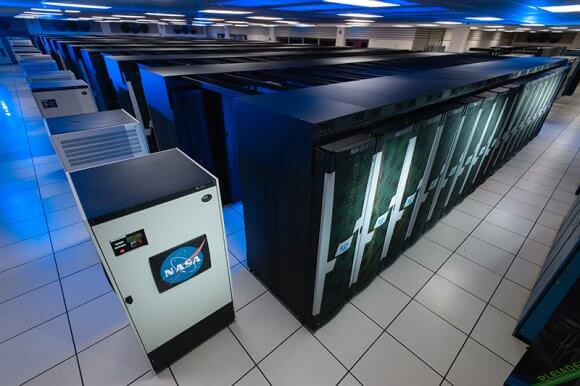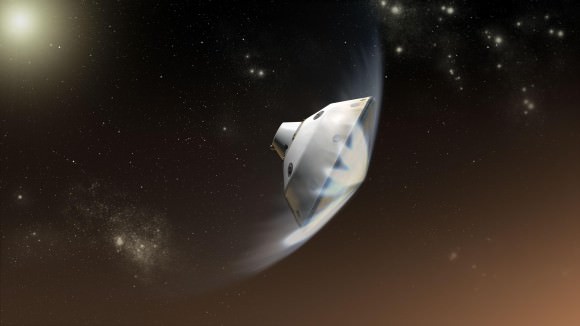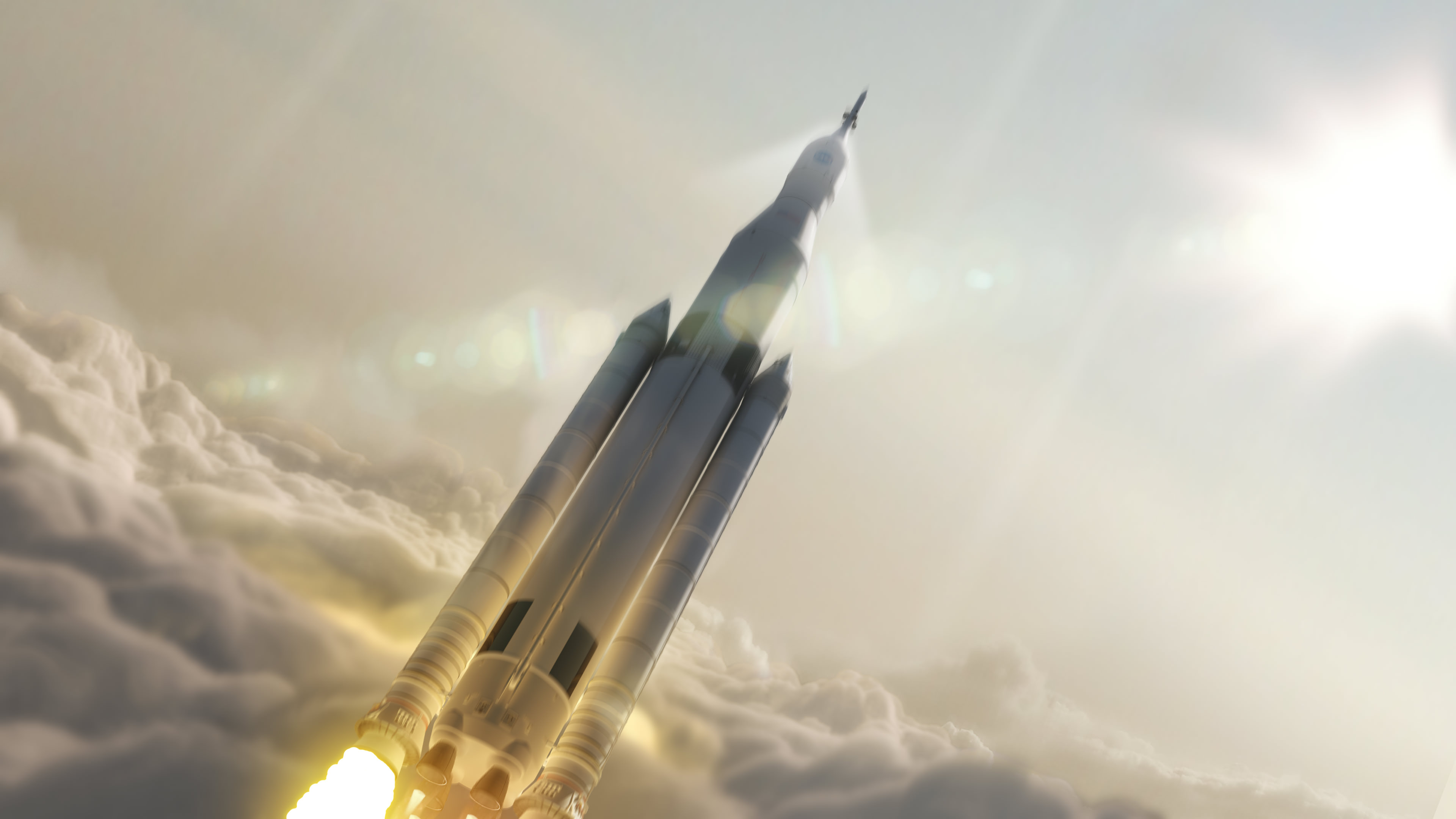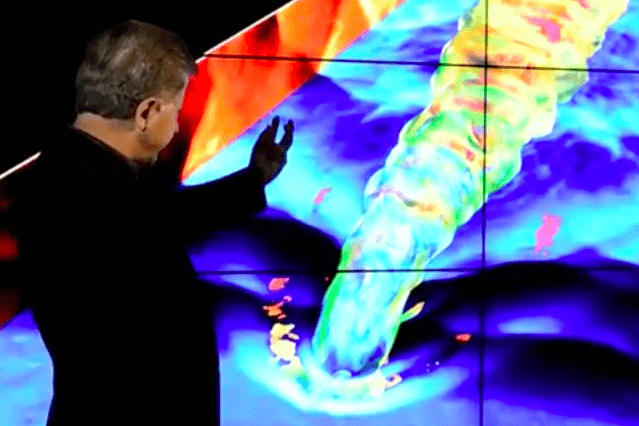For decades, NASA’s Aeronautics Research Mission Directorate (ARMD) has been responsible for developing the technologies that put satellites into orbit, astronauts on the Moon, and sent robotic missions to other planets. Unfortunately, after many years of supporting NASA missions, some of their machinery is getting on in years and is in need of an upgrade.
Consider the Pleiades supercomputer, the distributed-memory machine that is responsible for conducting modeling and simulations for NASA missions. Despite being one of the fastest supercomputers in the world, Pleiades will need to be upgraded in order to stay up to task in the years ahead. Hence why NASA has come together with TopCoder (and with the support of HeroX) to launch the High Performance Fast Computing Challenge (HPFCC).
With a prize purse of $55,000, NASA and TopCoder are seeking programmers and computer specialists to help them upgrade Pleiades so it can perform computations faster. Specifically, they want to improve its FUN3D software so that flow analysis which previously took months can now be done in days or hours. In short, they want to speed up their supercomputers by a factor of 10 to 1000 while relying on its existing hardware, and without any decreases in accuracy.

Those hoping to enter need to be familiar with FUN3D software, which is used to calculate the nonlinear partial differential equations (aka. Navier-Stokes equations) that are used for steady and unsteady flow computations. These include large eddy simulations in computational fluid dynamics (CFD), which are of particular importance when it comes to supersonic aircraft, space flight, and the development launch vehicles and planetary reentry systems.
NASA has partnered to launch this challenge with TopCoder, the world’s largest online community of designers, developers and data scientists. Since it was founded in 2001, this company has hosted countless online competitions (known as “single round matches”, or SRMs) designed to foster better programming. They also host weekly competitions to stimulate developments in graphic design.
Overall, the HPFSCC will consist of two challenges – the Ideation Challenge and the Architecture Challenge. For the Ideation Challenge (hosted by NASA), competitors must propose ideas that can help optimize the Pleiades source code. As they state, may include (but is not limited to) “exploiting algorithmic developments in such areas as grid adaptation, higher-order methods and efficient solution techniques for high performance computing hardware.”

The Architecture Challenge (hosted by TopCoder), is focused less on strategy and more on measurable improvements. As such, participants will be tasked with showing how to optimize processing in order to reduce the overall time and increase the efficiency of computing models. Ideally, says TopCoder, this would include “algorithm optimization of the existing code base, inter-node dispatch optimization, or a combination of the two.”
NASA is providing $20,000 in prizes for the Ideation challenge, with $10,000 awarded for first place, and two runner-up awards of $5000 each. TopCoder, meanwhile, is offering $35,000 for the Architecture challenge – a top prize of $15,000 for first place, $10,000 for second place, with $10,000 set aside for the Qualified Improvement Candidate Prize Pool.
The competition will remain open to submissions until June 29th, 2017, at which point, the judging will commence. This will wrap up on August 7th, and the winners of both competitions will be announced on August 9th. So if you are a coder, computer engineer, or someone familiar with FUN3D software, be sure to head on over to HeroX and accept the challenge!
Human space exploration continues to advance, with missions planned for the Moon, Mars, and beyond. With an ever-expanding presence in space and new challenges awaiting us, it is necessary that we have the right tools to make it all happen. By leveraging improvements in computer programming, we can ensure that one of the most important aspects of mission planning remains up to task!


